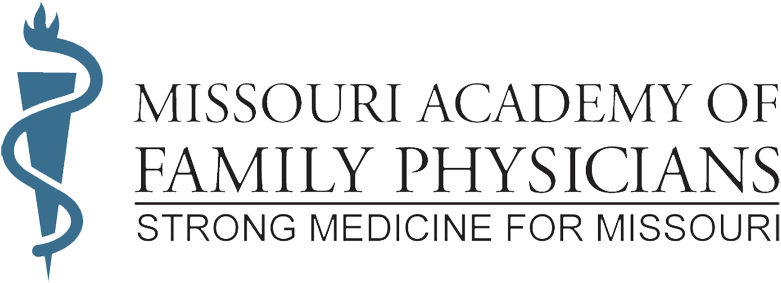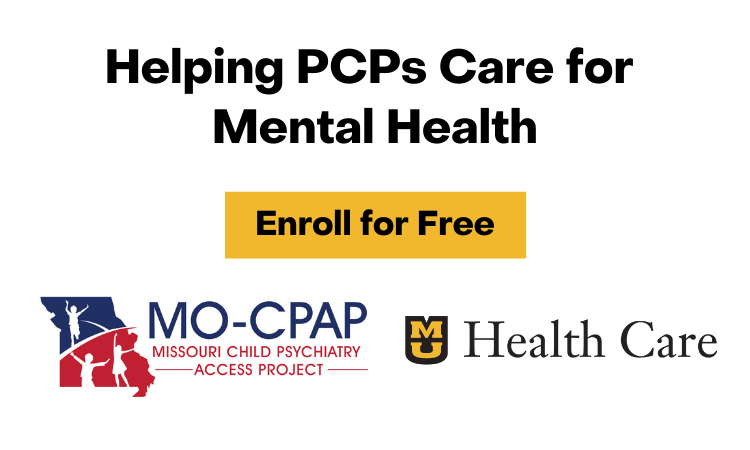District 6 Revisited: Reforming rather than bypassing residency training in Missouri
Of the 101 rural counties in MO, 99 are primary care shortage areas. Vernon County is one of those 99. On Valentine’s Day, Executive Director Kathy Pabst and I spent time in Vernon’s county seat of Nevada with Dr. Jennifer Conley, her partner Dr. Heather Russell, her assistant physicians Dr. Caitlin Elmore and Dr. Kristle Miles and staff of the Nevada Medical Clinic.
The idea of an ‘assistant physician’ (not to be confused with a physician assistant) was born from two facts:
- Missouri is a physician shortage state, and
- more medical school graduates (both US and international graduates) apply for residency spots than match.
In response, Missouri’s 2014 legislature created a hitherto-unheard-of category of medical licensure called ‘assistant physician’, inviting graduates of any medical school in the world who had not completed ACGME (or AOA) residency training to practice in Missouri’s underserved areas.
Rules and regulations surrounding APs remind me of those for Missouri’s nurse practitioners. An AP’s collaborating physician must be within 50 miles and must co-sign 10% of the AP’s notes. In contrast, a medical school graduate in residency must have a supervising physician in the same room or on site to oversee care and co-sign 100% of notes.
Dr. Conley invited MAFP to the Nevada Medical Clinic after I testified against the concept of APs at AAFP’s Congress of Delegates. Dr. Conley sees collaboration with APs as a means to recruit physicians to rural areas and hopes one or more will return to Vernon County after successfully matching to and graduating from residency.
Interestingly, Dr. Conley’s collaboration with APs exceeds the minimum supervisory requirements set by Missouri rules and regulations. She remains on site with the clinic’s APs, reviewing 100% of their care, reducing her own clinic schedule by 50% to do so. I inquired as to why she exceeds the minimum rules and she stated her belief that residency training supervision rules better protect both the public and APs themselves.
While APs expand much-needed primary care services in Vernon County, even Dr. Conley’s collaboration model does not match the rigorous acquisition of in- and out-patient care for both chronically and emergently ill children, adults and pregnant women that is typical of a first year family medicine resident’s training. As such, both Drs. Miles and Elmore are participating in this year’s residency Match. Dr. Conley and I agreed AP practice represents neither an alternate pathway to permanent licensure nor the long-term solution to MO’s health profession shortage.
Instead, we discussed reforming the residency training system itself. Over 20 years have passed since the Balanced Budget Act of 1997 limited the number of residency training spots available in the US. Since then, 15 new medical schools have opened in the US, producing over 2000 more medical school graduates every year. ACGME residency training has not been funded to keep pace, however, adding scarcely 2000 spots total in the past 20 years, making residency training a bottleneck to getting qualified physicians to shortage areas. The answer to our primary care physician shortage is not to compromise patient safety by bypassing residency training but instead to expand residency opportunities by:
- Increasing the total number of residency training slots in the US, and
- Increasing the percentage of those slots that are primary care.
As such, I urge our state and federal legislators to adopt policies that expand opportunities for the US graduate medical education system, particularly in primary care, rather than bypassing the system altogether.
I was honored by Dr. Conley’s invitation to visit. I thank Drs. Conley, Russell, Elmore and Miles and the staff of Nevada Medical Clinic for giving their time and insight not only to Ms. Pabst and me on Valentine’s Day but also to the patients they serve on a daily basis. I wish Drs. Elmore and Miles a successful residency Match. As always, any errors, misrepresentations or opinions expressed in this blog are mine alone and not necessarily representative of either the Missouri or American Academy of Family Physicians nor their respective staffs.
References:
Accreditation Council of Graduate Medical Education. Annual Reports 2017 and 1997. https://www.acgme.org/About-Us/Overview/Annual-Report. Accessed March 1, 2019.
Association of American Medical Colleges. A Snapshot of New and Developing Medical Schools. https://members.aamc.org/eweb/upload/A%20Snapshot%20of%20the%20New%20and%20Developing%20Medical%20Schools%20in%20the%20US%20and%20Canada.pdf. Accessed February 23, 2019
Missouri Department of Health and Senior Services Office of Primary Care and Rural Health. https://health.mo.gov/living/families/ruralhealth/pdf/biennial2017.pdf. Accessed February 22, 2019.
Missouri Laws 334-037. https://www.lawserver.com/law/state/missouri/mo-laws/missouri_laws_334-037. Accessed February 20, 2019.



